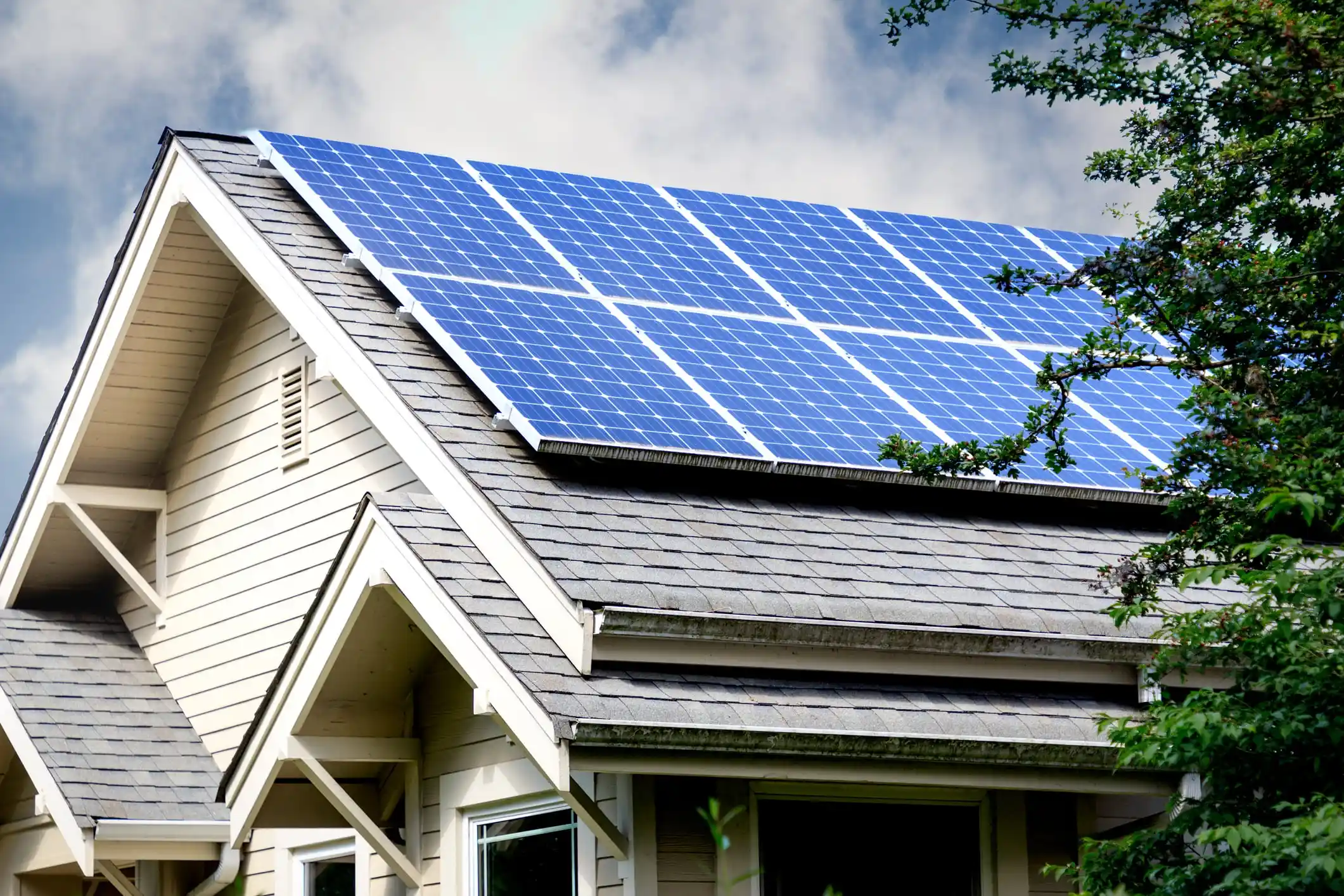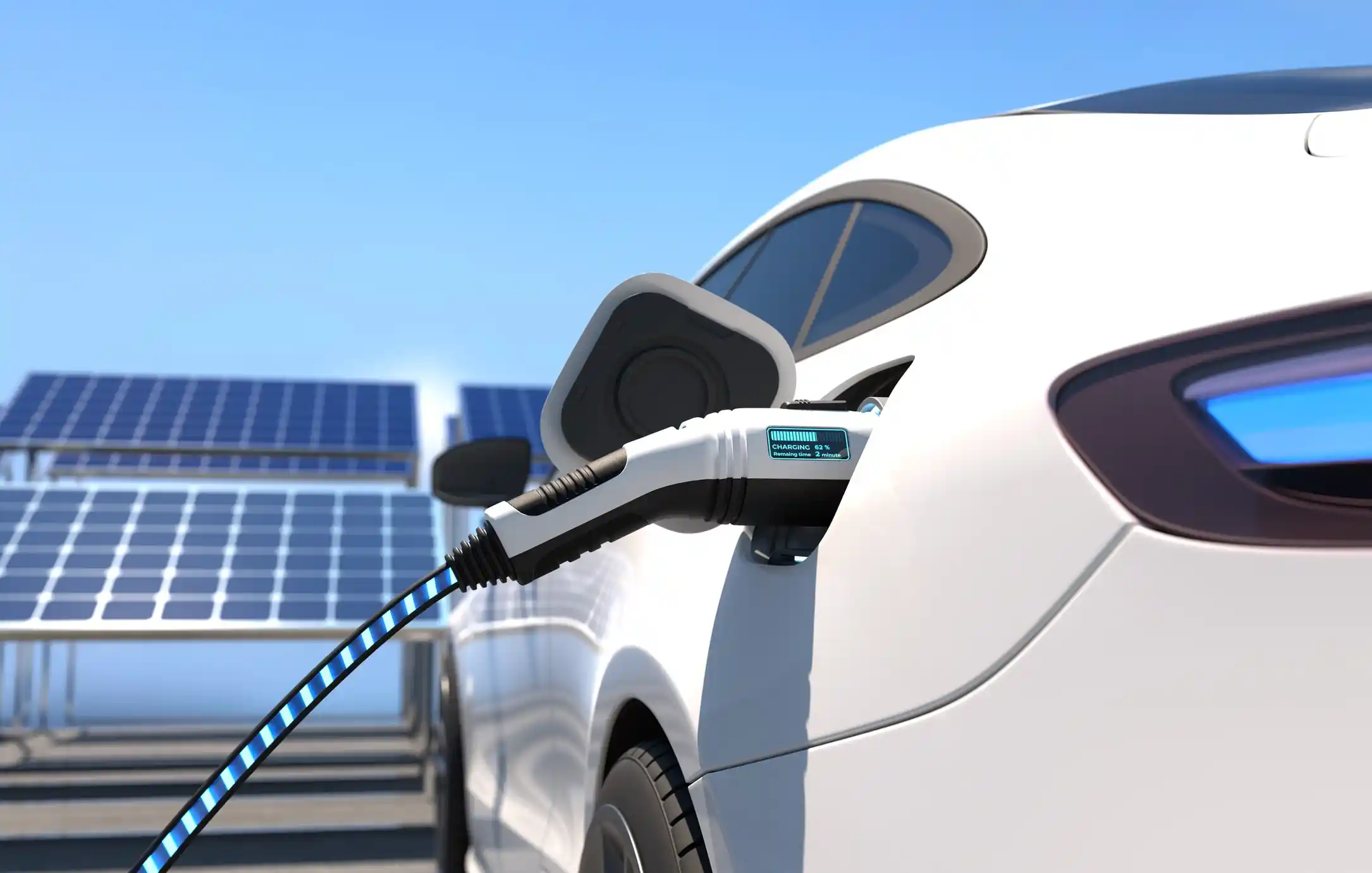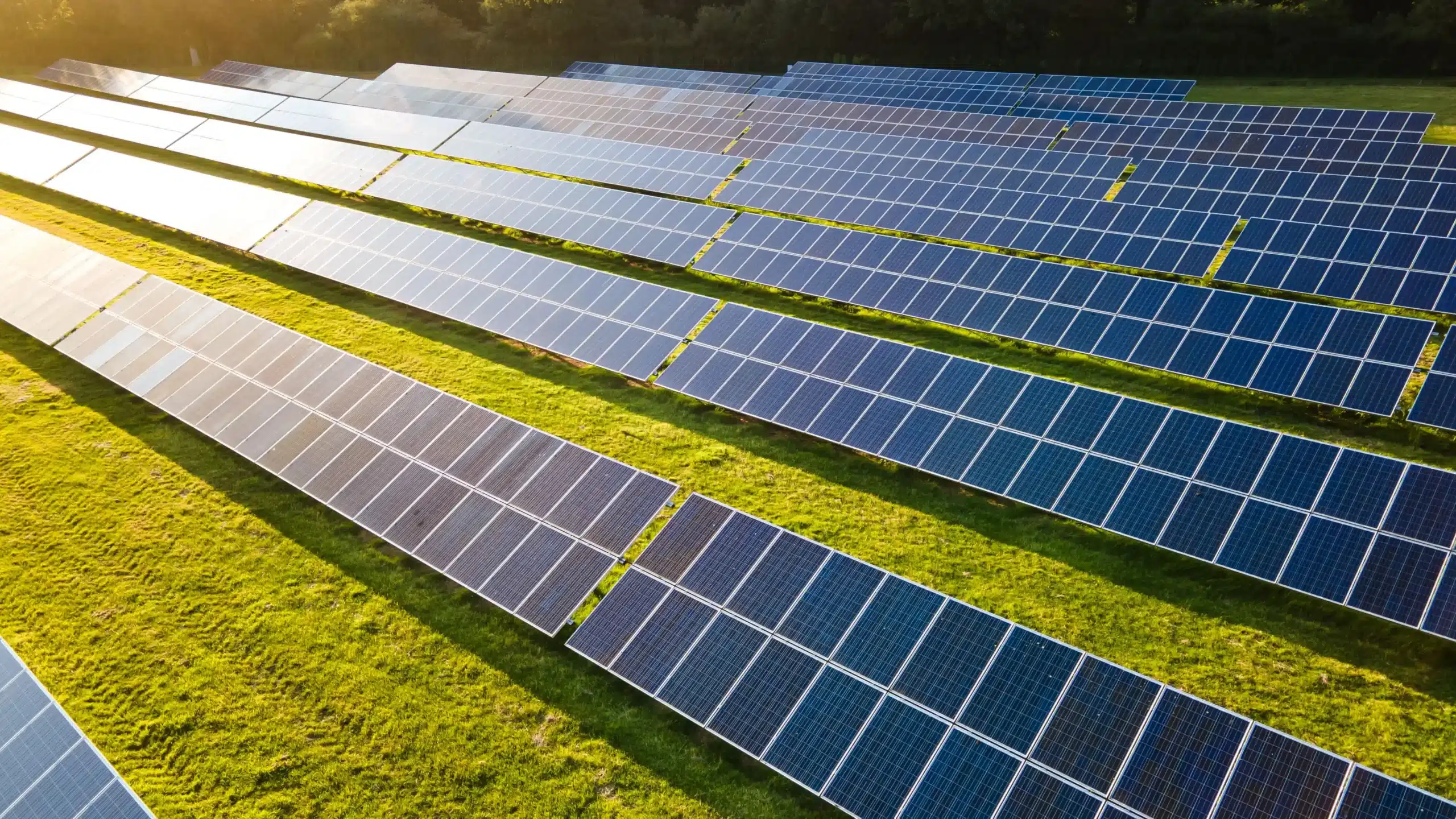POSTED
October 18, 2024
How to Amplify Environmental Change Beyond Rooftop Solar and EVs
For individuals looking to amplify the environmental outcomes of their investments, it’s crucial to consider larger-scale solutions. In this article, we’ll explore how you can maximize the environmental impact of your investments beyond rooftop solar panels and EVs. The Limitations of Personal Green Investments Rooftop solar and EVs are too limited in scope and scale […]

For individuals looking to amplify the environmental outcomes of their investments, it’s crucial to consider larger-scale solutions. In this article, we’ll explore how you can maximize the environmental impact of your investments beyond rooftop solar panels and EVs.
The Limitations of Personal Green Investments
Rooftop solar and EVs are too limited in scope and scale to create a sustained environmental impact. For example, the adoption of rooftop solar and EVs is primarily confined to certain demographics, typically wealthier individuals or households with access to financial resources and suitable infrastructure.

While federal and state tax incentives can offset the expense of rooftop solar, the average installation cost often ranges between $15,000 and $25,000. Rooftop solar also requires property ownership and a suitable roof, which not everyone has access to. The average price for an EV isn’t much better, coming in at $56,520.
Confusing and varied state regulations also hamper the adoption of rooftop solar. Some states, for example, have energy buyback programs that allow consumers to make money off their solar system. Other states, however, have less lucrative incentives. Inconsistent state regulations make the widespread adoption of rooftop solar more difficult. Currently, about 5% of single-family homes in the United States have solar panels. This is about 4.2 million homes out of 84.69 million eligible homes.
EVs face similar problems. Tax incentives are available for EVs that help drive down the cost for consumers. However, like rooftop solar, these credits vary from state to state. They also only apply to some vehicles. This inconsistency makes it difficult for EVs to achieve widespread use. Currently, there are 3.3 million EVs on the road. While that may seem like a lot, there are 265.7 million gasoline-powered vehicles.
Personal investments like rooftop solar and EVs focus primarily on personal consumption patterns rather than addressing larger systemic issues. A more effective approach to combating climate change involves structural changes in energy production. Overall, personal green investments reduce individual carbon footprints but may not significantly influence the larger energy systems that rely on fossil fuels.
The Power of Scale: Why Bigger is Better

Utility-scale solar farms are designed to maximize sunlight capture over large areas, making them significantly more efficient than individual rooftop panels. A single utility-scale solar farm can produce hundreds of megawatts (MW) of electricity, enough to power thousands of homes. By comparison, a standard residential solar panel produces around 250 to 400 watts. Large-scale production also allows utility-scale farms to generate power more consistently and reliability due to optimized positioning, advanced tracking systems, and maintenance protocols.
Large-scale solar installations are also capable of producing electricity at a lower cost per watt. This is because they benefit from economies of scale. Solar farms can purchase material in bulk, use high-efficiency equipment, and spread the fixed costs of land, labor, and maintenance over a larger system. Currently, the levelized cost of energy (LCOE) for utility-scale solar projects can be as low as $29 per megawatt hour (MWh). By comparison, unsubsidized residential solar has an LCOE between $117 and $282 per MWh.
Solar farms are typically more efficient than rooftop systems because they are built in locations with optimal sun exposure. They are also maintained by professionals who ensure the panels are clean and operating at peak efficiency. Utility-scale systems also often use tracking technologies that adjust the position of solar panels throughout the day. This helps capture the maximum amount of sunlight, increasing their energy output.
Why Invest in Utility-Grade Solar?
Replacing fossil-fuel energy generation with utility-scale solar installations reduces CO2 emissions by 385,000 to 436,000 pounds of CO2 per acre per year. They can also promote sustainable land use by planting native plants and wildflowers around the solar panels, creating habitats for bees and other pollinators. Some solar farms even integrate agriculture into the installation. Agrivoltaics combines solar energy production with agriculture, allowing for the simultaneous use of land for both purposes. It helps optimize land use and maintains agricultural productivity.
Investing in utility-scale solar can also provide investors with attractive financial returns. In fact, the average internal rate of return (IRR) on a utility-scale solar farm is between 5-8%, depending on the project specifics and market conditions. This can equal $5-$8 million in revenue on a $100 million project. Shata’s Summit Power Fund, for instance, typically targets a greater than 20% IRR over the life of the fund.
While personal green investments like rooftop solar and EVs are commendable, they are not sufficient for creating the large-scale environmental impact required to combat climate change effectively. Utility-scale solar investments, particularly through opportunities like the Summit Power Fund, offer a way to amplify both financial returns and environmental change.
At Shasta Power, we help investors make a positive environmental and social impact. Visit our investment information page to learn more about our solar projects and investment opportunities.





